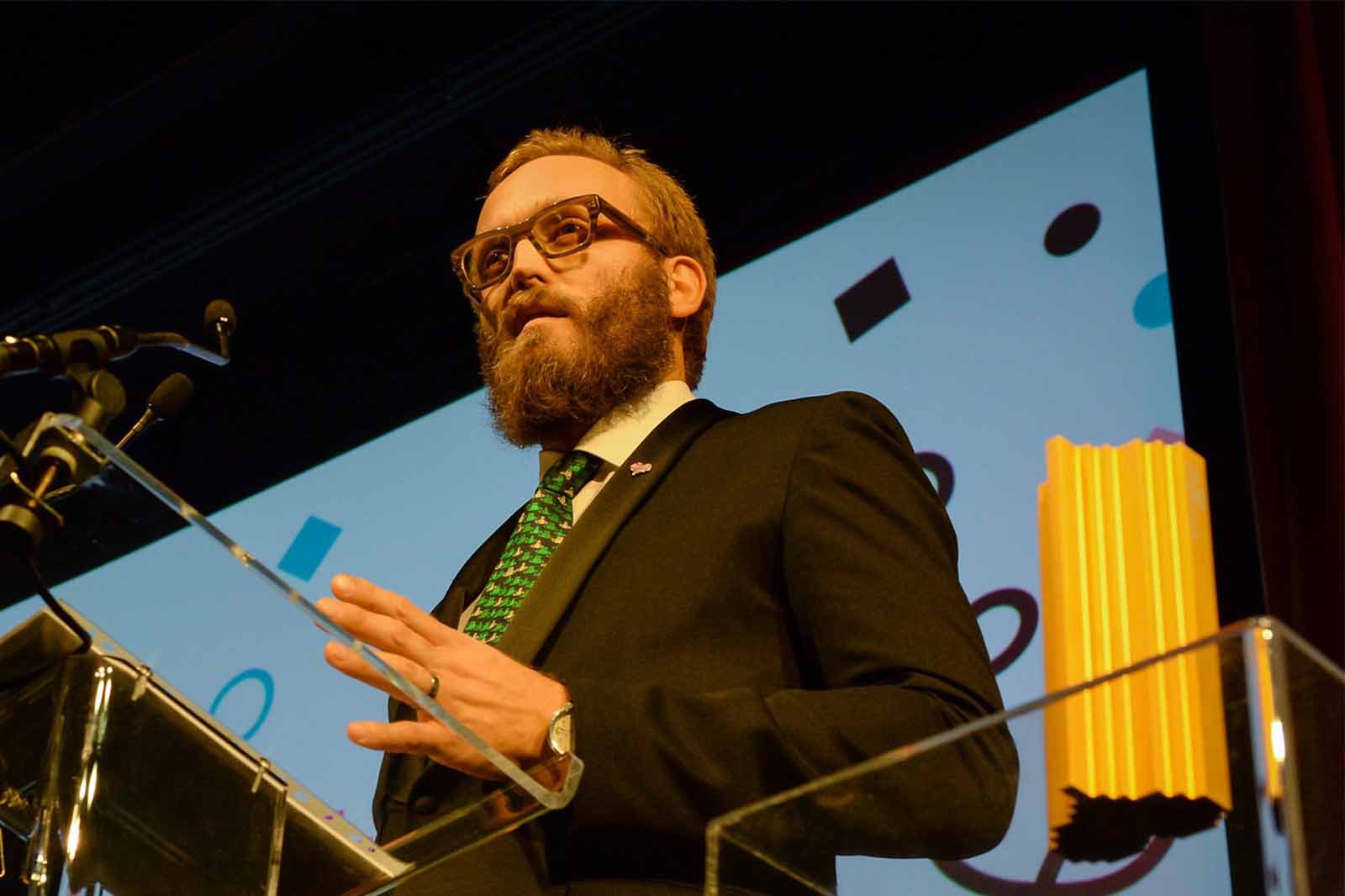It’s no small feat to be named the best of the European Internet. That’s why all Lovie Award entries are judged by an esteemed group of European innovators in the International Academy of Digital Arts & Sciences. (Fun fact: The Lovies is the only pan-European awards organisation that accepts and judges work in seven native languages.)
We spoke with Lovie Jury Chairman Nicolas Roope about some of his favourite past Lovie Winners and what characteristics put them over the top. Have a look at his responses below.

Moodboard is a German film studio.
Moodboard won the Gold Lovie Award for Best User Experience. What were the stand-out qualities that put Moodboard over the top from a user experience standpoint?
We put together jury of really experienced practitioners who have been exposed to so many projects in their careers. And with all this experience comes a sensibility for grace and refinement in the craft of interaction and interface. Moodboard is simple and elegant and is engineered to reward each touch, scroll and swipe.
TATE Time Machine was a Bronze Lovie Winner in Art. What about TATE Time Machine stands out to you in terms of content and design in particular?
The Tate project opted for an enigmatic interface to enhance the exploration of key events through history. Managing content is one of the most common design problems we deal with in our industry so it’s always great seeing a novel approach that really works both functionally and expressively.
“You can't separate subject matter from function when you're critiquing UX and design.”
Lovie Awards Jury Chairman

Created from the collections of the Oxford University Museum of Natural History.
Microsculpture – the insect portraits of Levon Biss was a Gold Lovie Winner for Best Practices. Why and how does Microsculpture resonate with the user in terms of overall experience and design?
You can’t separate subject matter from function when you’re critiquing UX and design. The quality of the experience and the design that shapes it are entirely related to what is being represented, whether you’re selling rail tickets, persuading people to follow a cause or entertaining. Levon Bliss makes amazing images of his tiny sculptures. So organising a site into really simple blocks to showcase the work through stunning, uncluttered imagery and clean, comprehensive video documentation is a real pleasure to use and consume.
What trend are you most excited about in the next few years, and how do you think it impacts the people creating work for the European Internet?
I’m really excited about machine learning, because suddenly so much complexity will become readable and manageable. New insights always give rise to exciting new models and new projects and I think we’ll see so many things transformed.



